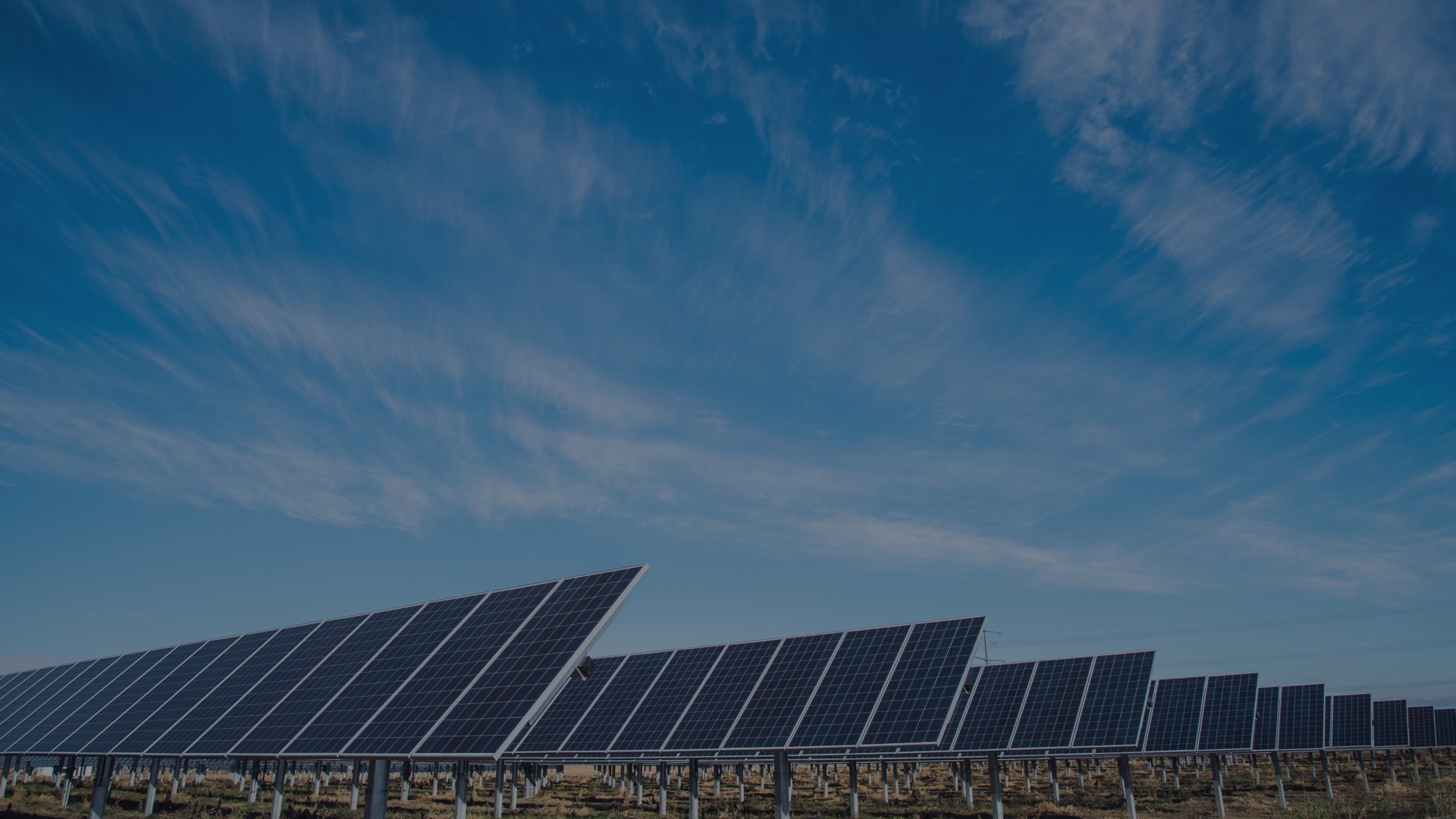UK-based solar farms will have very minimal impact on food production, new research from Lightsource Renewable Energy has revealed.
With solar farms expected to be more common across the country, following recent calls from energy and climate change minister Greg Barker for the installations to deliver 20GW of UK electricity supply by 2020.
However, the plans have sparked fears among local communities about the potential threat to farmland, the environment and the aesthetics of the area.
New research has however aimed to quell these concerns, suggesting that solar farms will not reduce the already-limited food production capacities in the UK.
The research has however suggested that if the minister's aims are to be met, up to 53,977 hectares of land would be required.
As this accounts for just 0.29 per cent of the UK's total agricultural land, it would only see UK-grown food reduced by just 0.2 per cent.
A recent publication from the Solar Trade Association has outlined ten commitments for solar farm developments, with one of the main points based on protecting agricultural land sites and instead focus large-scale renewable schemes on land which has lower agricultural value.
This focus would see even more UK farmland protected, if solar farms are created of land which could be valuable for food production.
Operations director at Lightsource Renewable Energy Mark Turner said that despite the concerns, there would be an "incredibly small" impact on the the activity.
"[Our] domestic food production will likely increase over the years, but one of the biggest myths is that solar farms can’t be used to cultivate food. Solar farms are currently being used across the country not only to generate clean power but as grazing land for sheep and other animals,” he added.
